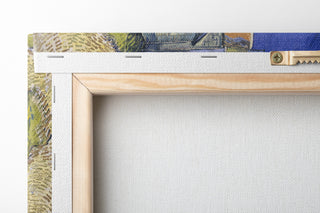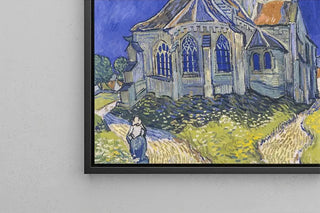Unknown fish Lupus flandricus - Anselmus Botius de Boodt

Unknown Fish Lupus flandricus: the naturalist precision of a living art print
The piece features a precise composition where the marine subject stands out against a simple background, revealing a palette blending browns, deep greens, and pearly touches that suggest the texture of scales and the translucency of water. The technique combines finesse of line and delicate shadow rendering, creating an atmosphere that is both scientific and poetic; the viewer is invited to examine the anatomical details as well as to feel the silent presence of the fish. The flowing lines, measured contrast, and attention to reflections create a scene that is both documentary and aesthetic, capturing the viewer's curiosity.
Anselmus Botius de Boodt, master of the curiosity cabinet
Anselmus Botius de Boodt, a figure from the late 16th and early 17th centuries, is renowned for his work as a naturalist and his illustrative plates intended for scholarly collections. Influenced by the rise of curiosity cabinets and the precision of naturalist artists, he documented specimens and minerals with a focus on classification and accuracy. His approach combined rigorous observation with artistic sensitivity, helping to disseminate a scientific iconography accessible to scholars of his time. This art print allows appreciation of the visual legacy of an author who shaped the way nature was represented and studied.
A decorative acquisition with multiple assets
This art print of the unknown Fish Lupus flandricus fits perfectly into a contemporary or classic interior, adding a touch of history and elegance to a living room, office, or library. The art print of the unknown Fish Lupus flandricus, faithfully reproduced, captures the nuances and texture of the original for an authentic visual presence. Offered on various supports, the canvas of the unknown Fish Lupus flandricus guarantees durability and true color rendering, ideal for framing or immediate hanging. Treat yourself to a piece that combines decorative value, historical interest, and quality craftsmanship, for a display that is both educational and refined.

Unknown Fish Lupus flandricus: the naturalist precision of a living art print
The piece features a precise composition where the marine subject stands out against a simple background, revealing a palette blending browns, deep greens, and pearly touches that suggest the texture of scales and the translucency of water. The technique combines finesse of line and delicate shadow rendering, creating an atmosphere that is both scientific and poetic; the viewer is invited to examine the anatomical details as well as to feel the silent presence of the fish. The flowing lines, measured contrast, and attention to reflections create a scene that is both documentary and aesthetic, capturing the viewer's curiosity.
Anselmus Botius de Boodt, master of the curiosity cabinet
Anselmus Botius de Boodt, a figure from the late 16th and early 17th centuries, is renowned for his work as a naturalist and his illustrative plates intended for scholarly collections. Influenced by the rise of curiosity cabinets and the precision of naturalist artists, he documented specimens and minerals with a focus on classification and accuracy. His approach combined rigorous observation with artistic sensitivity, helping to disseminate a scientific iconography accessible to scholars of his time. This art print allows appreciation of the visual legacy of an author who shaped the way nature was represented and studied.
A decorative acquisition with multiple assets
This art print of the unknown Fish Lupus flandricus fits perfectly into a contemporary or classic interior, adding a touch of history and elegance to a living room, office, or library. The art print of the unknown Fish Lupus flandricus, faithfully reproduced, captures the nuances and texture of the original for an authentic visual presence. Offered on various supports, the canvas of the unknown Fish Lupus flandricus guarantees durability and true color rendering, ideal for framing or immediate hanging. Treat yourself to a piece that combines decorative value, historical interest, and quality craftsmanship, for a display that is both educational and refined.





